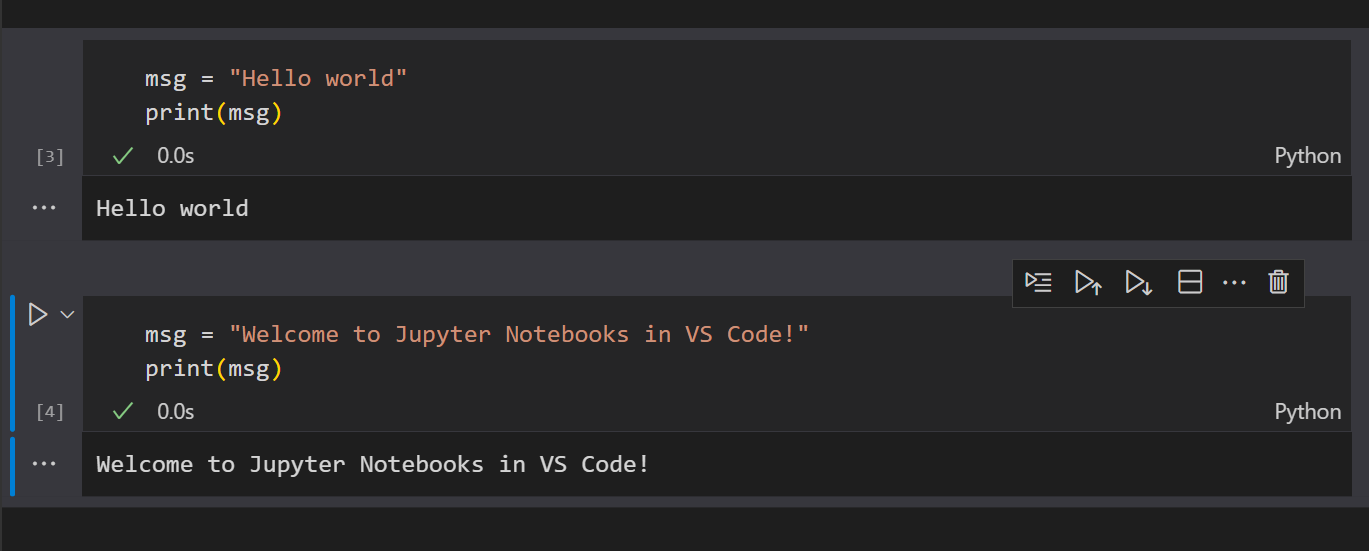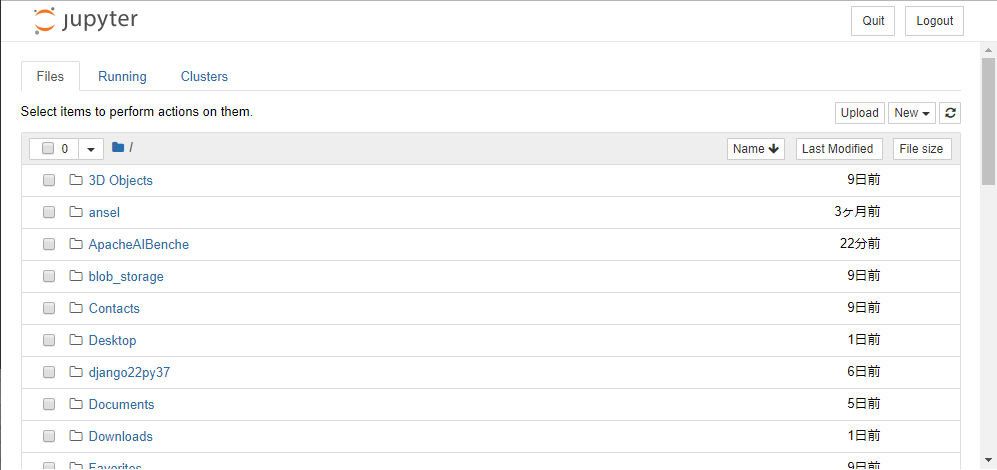

#Install jupyter notebook server install
It might require you to save a requirements.txt file using the correct specific versions of your packages, make your module installable using a setup.py file, run a specific version of python, and ensure you don’t have any conflicting dependencies with any of your other libraries (or set up a virtual environment for just this analysis, install the requirements, and load the virtualenv as a conda environment that your Jupyter notebook can access, and be sure to activate it as the kernel used when you review the analysis). Even if you do want someone to repeat all your steps, ensuring they have their system set up in the same way you did when you made the initial analysis requires you to both do everything on your end correctly and also ensure that anyone you want to use your analysis can easily set up and get started.

It would be easier if they could just start with the cleaned data, the trained model, and get right to the analysis. When you use Jupyter notebooks to develop workflows, you might spend a bunch of time doing expensive setup, cleaning, or training operations that you don’t necessarily need for a new audience to repeat. Trying to disentangle which thing should come first can feel like more effort than it’s worth. There are cells all over the place, they’ve been run in a random order as you tried to get something working, etc. The ad hoc nature of notebooks is excellent for trying things out but tends to run into problems when you need to reproduce your work for someone else. Knowledge-sharing, in practice it can be tough. Scientists claim Jupyter notebooks are excellent for collaboration and They allow someone to mostly follow along while allowing them space to try out new things right in-line.Īs great as Jupyter is, however, it does have someĭrawbacks, especially when it comes to sharing your work with other people andĬollaborating with teammates.

Providing hands-on walkthroughs of new library modules, visualization techniques, and strategies for attacking existing problems.

#Install jupyter notebook server code
Presenting analyses I’ve completed, demonstrating both the code and the output for them in tidy, concise cells that can be easily turned into slides.Designing, developing, and testing solutions to problems I’m working on using notebooks’ REPR capabilities.Some of the applications I use most include: Jupyter notebooks have a wealth of different uses including as a testing ground for development work, a presentation platform, and more. They are open-source web applications that allow a developer or data scientist to create documents that show the output of code written in multiple languages (i.e., Julia, Python, R), and which can be annotated with writing and visualizations. Brian walked attendees of PyData New York City 2019 through the process of putting Jupyter notebooks in a Dockerfile last month.Īs a data scientist, Jupyter notebooks are an invaluable tool that aid my day-to-day work in many ways.


 0 kommentar(er)
0 kommentar(er)
